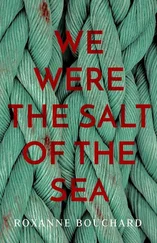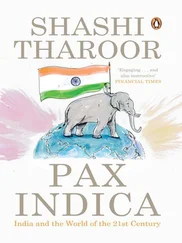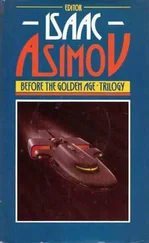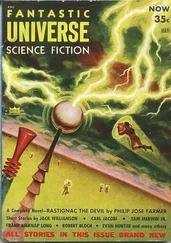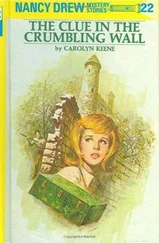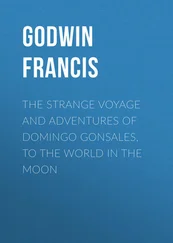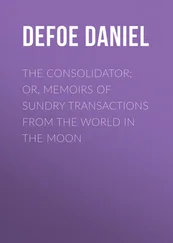Revolutionary events and upheaval also took place in Bulgaria in the autumn of 1989. On 10 thNovember 1989, one day after the Fall of the Wall, the then First Secretary of the Bulgarian Communist Party, Todor Zhivkov, was forced to withdraw from office. Round table discussions were held in the autumn between the Communist Party and the opposition alliance, “The Union of Democratic Forces”. The first free general elections were held in June 1990 and the opposition candidate, Zhelyu Zhelev, was elected president two months later.
ZAGREB
CROATIA
Location:In front of the Croatian German embassy and Goethe-Institute, Ulica grade Vukovara

The Berlin Wall in front of the German Embassy in Zagreb
© Deutsche Botschaft Zagreb

Information plaque at the foot of the Wall segment
© Deutsche Botschaft Zagreb
The 9 thNovember 2009 marked 20 years since the Fall of the Wall. The Fall of the Wall and the events that took place as a result led to the “Iron Curtain” being opened once and for all and the political, economical and military divisions between East and West being overcome and were also great cause for celebration – Croatia, too, took part in the celebrations. An original section of the Berlin Wall was unveiled in Zagreb by former Croatian President, Stjepan Mesic and former Berlin Mayor Eberhard Diepgen in front of a crowd of 250 Croatian and German guests.
Stjepan Mesić spoke of the significance of the section of the Berlin Wall: “The Fall of the Wall was both a beginning and an end. The beginning of profound changes which would be felt throughout Germany, Eastern Europe and the Soviet Union. We felt as though the model we had at this point in time would not survive.”
The political and social revolutions that took place in Eastern Europe in 1989 also affected the multinational state of Yugoslavia. At this time, the states were made up of Slovenia, Croatia, Serbia, Montenegro, Macedonia, Bosnia-Herzegovina, and also Kosovo and Vojvodina – two regions in Serbia. New conflicts arose in Yugoslavia at the end of the Cold War, which, in the crumbling multinational state, led to war between the autonomous republics and cost tens of thousands of lives.

The unveiling of the Wall segment
© Deutsche Botschaft Zagreb
German businessman, Axel Brauer, donated the 3.6-metre-high and 1.2-metre-wide section of Wall to the German embassy in Zagreb. Croatian graffiti artists Krešimir Golubic and Gordan Orešic had already repainted the section of Wall. The following quote can be seen in German and Croatian:
In 1961, Berlin and Germany were forcefully split in East and West by the GDR government. This original section from the Berlin Wall commemorates the peaceful revolution led by the people of East Germany as well as the overcoming of the German division – the symbol of which was the Fall of the Wall on 9 thNovember 1989. Germany was reunified on 3 rdOctober 1990 .
LANGELAND
DENMARK
Location:Cold War Museum Langelandsfort, Vognsbjergvej 4B, Bagenkop
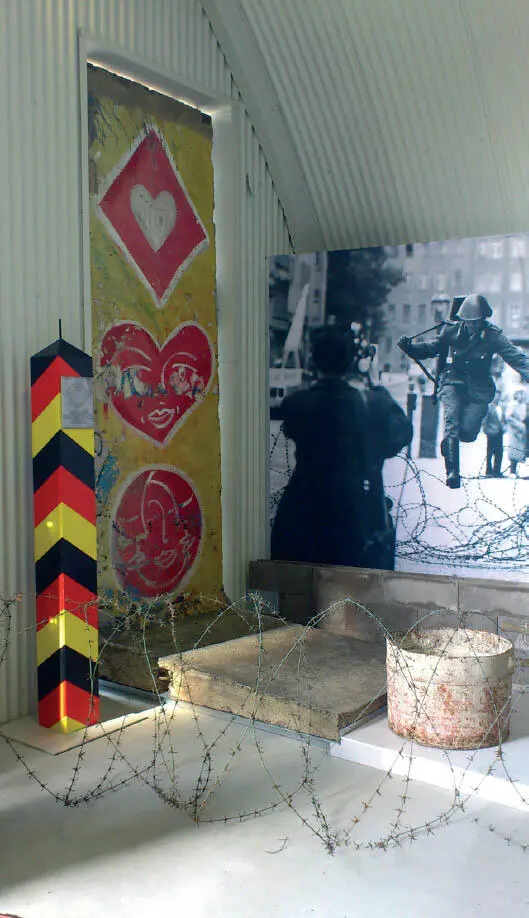
The piece of Wall in the Cold War Museum in Langelandsfort
© Peer Henrik Hansen / Langelands Museum
A section of the Berlin Wall was unveiled at the Cold War Museum, Langeland on 13 thAugust 2011 – 50 years after the Wall was built. Bert Greiser, who had travelled from Berlin to attend the ceremony, had made the last known escape attempt at the former Chausseestraße border crossing in April 1989 together with a friend. The escape attempt failed and both of them were arrested and sent to prison.
The Berlin Senate donated the section of Wall – 3.6-metres-high and 1.2-metres-wide – to the museum. The section had been taken from reserves sponsored by Sony. It has been integrated into the museum’s permanent exhibition and can be found in the multi-purpose hall.
“Fort Langland” museum was opened in 1993. In the 40 years the fort was in operation, it surveyed and registered navigation. Ships from the East Block had to sail over Danish straits to reach the Baltic Sea. Furthermore, the majority of the naval harbours of the Warsaw Treaty were in the Baltic Sea.
During the Cuban Missile Crisis in autumn 1963, the fort was of special importance. On 22 ndOctober, Soviet merchant ships had been photographed coming out of the Baltic Sea with nuclear missiles onboard. Marine commandos sent this information to NATO and the USA. Just a few weeks earlier, American spy planes had observed nuclear launch platforms erected in Cuba. Together with the pictures from Laneland, it became clear that the Soviets intended to set up nuclear missiles in Cuba. When the Cold War came to an end, there was no longer any need for a fort, and in 1993, it was decided that a “Cold War Museum” should be built. The museum opened on 16 thJune 1997. It aims to prevent the Cold War from being forgotten.

The Wall on Tour in Odense
© Peer Henrik Hansen / Langelands Museum
On the occasion of the 30 thanniversary of the Fall of the Berlin Wall, the Danish “Golden Days Festival” was held in the fall of 2019 to mark the epochal year 1989 as a historical and cultural turning point in the history of Europe. The annual Golden Days Festival, the non-profit organization of the same name cooperates with more than 100 partners from the cultural sector and aims to convey history, culture, art and knowledge to the widest possible audience. The Wall segment from the Cold War Museum toured Denmark’s four largest cities from September 2019 to March 2020 as part of the festival exhibition “The Berlin Wall is Coming”: in Copenhagen, Odense, Aarhus and Aalborg, the segment was displayed in a special glass showcase in various public places. After the tour, the Wall piece returned to the Cold War Museum.
NYKØBING
DENMARK
Location:Holtets plads
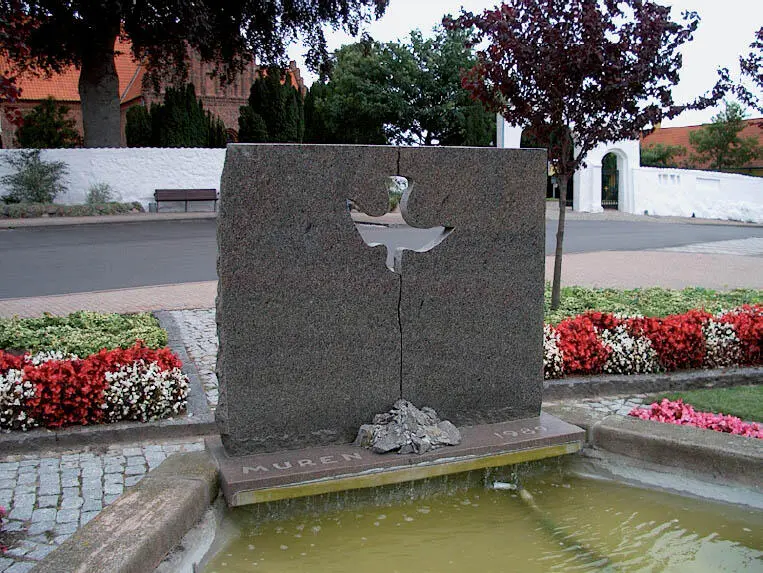
Wall memorial commemorating the Fall of the Wall 1989 “Muren 89”, Nykøbing
© Odsherred Turistbureau
A memorial was erected on the centrally located Holtets-Sqaure in Nykøbing to celebrate the 15 thanniversary of the Fall of the Wall. The memorial is simply called “Muren 89” (Wall 89). A statue of King Frederick VII of Denmark rises out of the ground beside the memorial. Exactly one hundred and fifty yeas earlier, on 9 thNovember 1849, King Frederick signed the first Danish basic law. The plans for the Wall memorial were made by the mayor when he visited Danish stonemason, Hother Nielsen. The model Nielsen had already completed in 1991 was finally in place in 2004 with support from the local council.
Читать дальше







